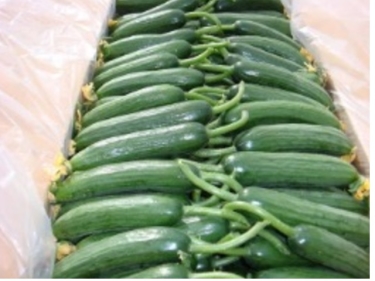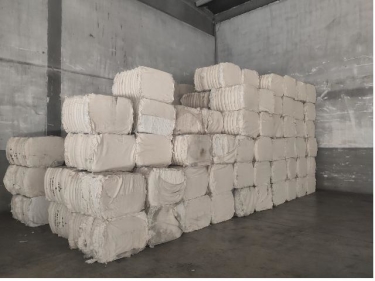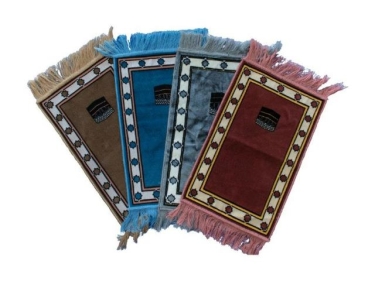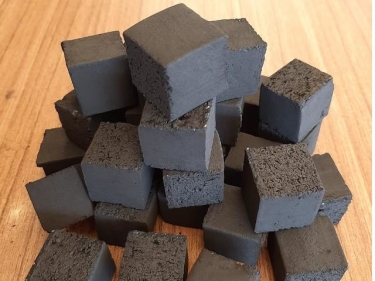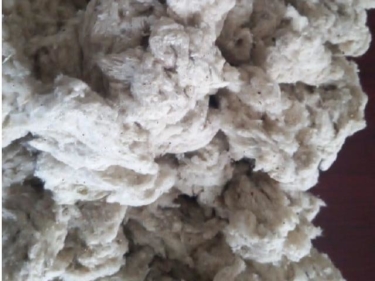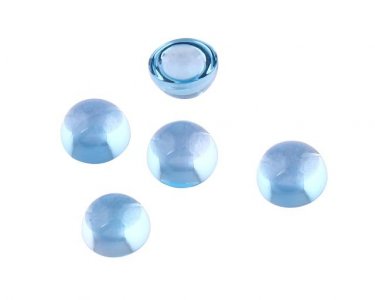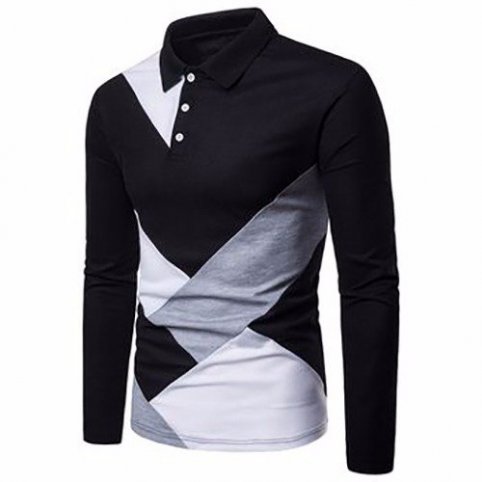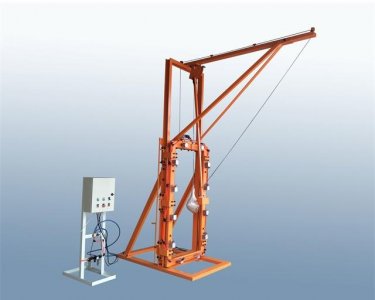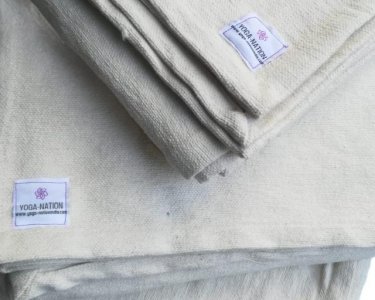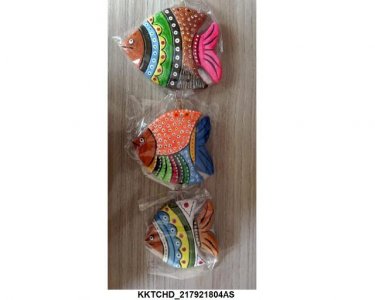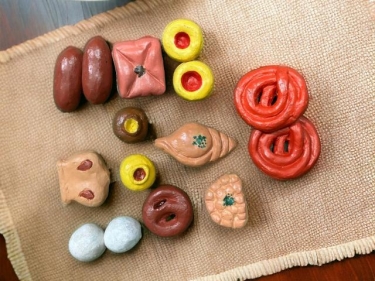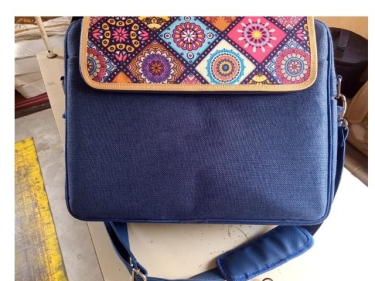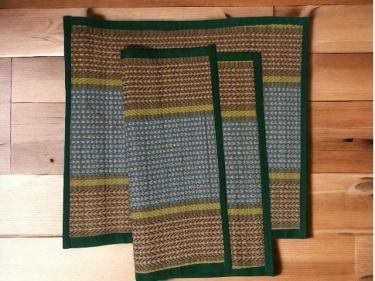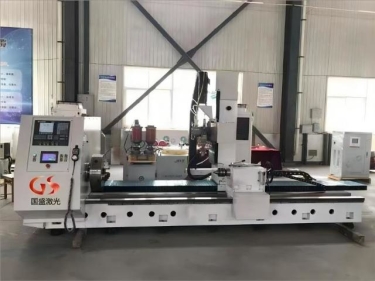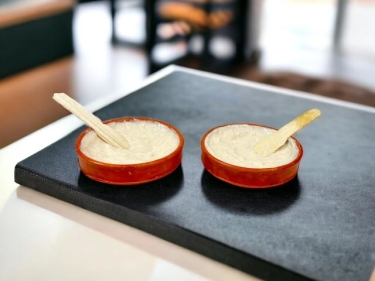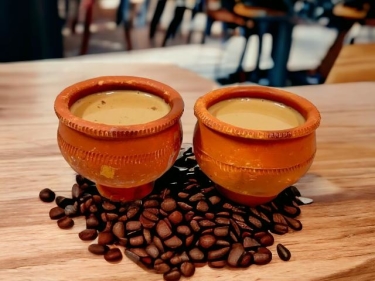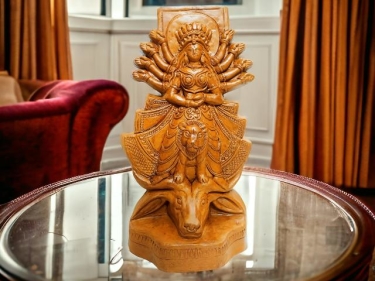Search Results for "monaco" in "Monaco" on Export Portal
Active Filters
-
Keywords:
-
Country:
- Clear all
New Search
Couldn't find the product you want?
Fill out this form to request the product.
Exports
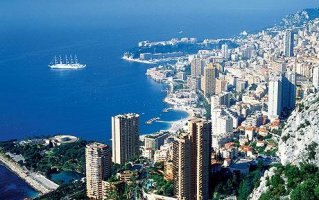
Monaco, officially the Principality of Monaco is a sovereign city-state and microstate, located on the French Riviera in Western Europe. France borders the country on three sides while the other side borders the Mediterranean Sea. Monaco has an area of 2.02 km2 and a population of 36,371; it is the second smallest and the most densely populated country in the world.
Monaco is a popular resort, attracting tourists to its casino and pleasant climate. The principality also is a banking center and has successfully sought to diversify into services and small, high-value-added, nonpolluting industries. The state retains monopolies in a number of sectors, including tobacco, the telephone network, and the postal service. Living standards are high, roughly comparable to those in prosperous French metropolitan areas.
Chief exports of Monaco include cosmetics, pharmaceuticals, glassware, precision instruments, fine processed foods, cards and postal stamps, and various re-exported commodities. Also essential oils, cosmetics and perfumes are produced in Monaco, and these goods are exported to other countries, including the United States. Additionally, artwork and antiques are also exported to America.
Customs requirements of Monaco
Monaco Customs Contacts:
Government:
Website: http://www.gouv.mc/
Address: Ministère d’Etat, Place de la Visitation, MC 98000, MONACO
Telephone: +37798988904
Monaco, a small independent hereditary principality in Western Europe, is located on the Mediterranean Sea along the southern coast of France, which is also known as the French Riviera or Côte d'Azur.
Import Requirements in Monaco
The import of fresh meat and milk products from non-EU countries is prohibited.
Monaco is not a member of the EU, but has close economic and political ties with France and is part of the European Union customs zone.
Customs regulations in Monaco are the same as in France.
Documents Required for Customs Clearance
- the invoice, which should be written in French or, in principle, accompanied by a translation
- units of measurement must be metric
- the transportation document (LTA/AWB, Maritim Connaissement/Bill of Lading, LTM, CMR or LVI)
- the transit documents (T1 or T2) if the merchandise came in through another EU country
- other documents, depending on the products:
- documents proving compliance with EC or French standards
- import licenses, certificates of origin
- sanitary or phytosanitary certificates
Customs inspection: The merchandise may be inspected in all cases, especially those that are to receive EC marking. This customs inspection is designed to check the accuracy of documents supplied to the customs administration. The physical inspection is carried out in the presence of a representative of the customs agent, often the person making the declaration (person who fills out the customs declaration).
Veterinary inspection: Facilities for veterinary inspection are provided at the main points of entry into the country, which number about 20. Veterinary inspection includes verification of documents and a physical inspection. It is invoiced on a fixed-cost basis.
Special Customs Regimes
ATA booklets, which make it possible to avoid payment of the CCT (Common Custom Tariff) or the VAT, are very useful to businessmen carrying samples.
For trade fairs, tests or repairs, a temporary import regime followed by re-exporting within 24 months is used. The customs officer must secure a bond guaranteeing the orderly conducting of the operation. He receives customs document IM5.
Temporary importing may also be done under an active development regime (under IM5). For example, durum wheat can be imported to EU without payment of duty or VAT, and the derived products (pasta) re-exported from the EU.
There is also a customs warehousing regime (IM7).
Sending samples not accompanied by a traveller require a pro-forma invoice. A symbolic customs value may be placed on this invoice; customs administration will assign a commercial value for calculating duty and VAT.
Samples of animal or plant products not accompanying a traveller must comply with all of the sanitary and phytosanitary regulations, be accompanied by a certificate and pass the inspection visit.
Payment of Customs Clearance Cost
Depending on the Incoterm used, the exporter or importer pays the customs officer's invoice. If the FOB incoterm is used, customs clearance is paid by the importer. The latter receives the customs clearance document IM4, along with the customs officer's invoice. The VAT is recovered in full from the French tax services by the importer.
Sources:
http://www.noonsite.com/Countries/Monaco?rc=Formalities
http://www.nationsencyclopedia.com/economies/Europe/Monaco.html



